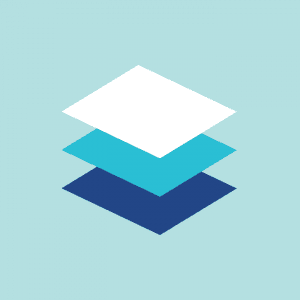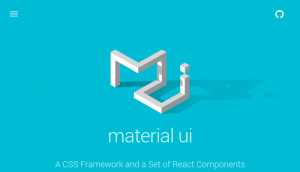In the world of website development, “what is material design?” is a common question. The short answer is that it’s a visual design language developed by Google. The specifics are a bit complicated, so we broke it down to help you understand its main principles and its importance.
What is Material Design?
Material design is Google’s idea of how websites and apps should look and operate across all devices. Essentially, it combines the standard elements of good web design with the capabilities of modern technology and science. The goal is to create an experience that, as Google so aptly stated, is “grounded in tactile reality…yet technologically advanced and open to imagination and magic.” In other words, material design draws inspiration from the real world to create a sleek digital experience. The question “what is material design?” can be further answered by explaining its main principles.
The Principles of Material Design
Visual Cues Inspired by Material Reality
Google uses the term “tactile reality” to describe their design philosophy, because the surfaces and edges within material design are inspired by real life paper and ink studies. This helps users to visually understand the digital interface on their screen without any difficulty. Design that’s grounded in reality makes objects on the screen recognizable and easy to interact with.
Intentionally Bold Aesthetics
Color choices in material design are bold and deliberate. Eye-catching color schemes work with foundational print-based design techniques to immerse the user in the experience. Intentional white space, edge-to-edge imagery and large typography are used to place an emphasis on user actions. This way, the user quickly understands the purpose and functionality of the interface on their screen.

Meaning Made Through Motion
Instead of animations that are artificial and mechanical, motion in material design appears fluid and natural. Google recommends doing this in a few different ways:
- Natural acceleration and deceleration: To avoid unnatural motion, elements on a page should accelerate and decelerate smoothly. Abrupt starts, stops and changes in direction are jarring and distracting to the user.
- Visual continuity: A transition between two visual states should be smooth and effortless so the user is not sidetracked. Too many bells and whistles as a website or app moves from one page to the next are unnecessary.
- Hierarchical timing: Elements that contain the most important content should be emphasized by being placed on the easiest path for the eye to follow. In other words, it’s important to draw attention to important elements.
- Consistent choreography: Animated elements shouldn’t transition randomly, since that can be distracting. Instead, they should travel in orderly paths that make sense.

Why is Material Design Important?
Now that the question “what is material design?” has been answered, it’s time to talk about its importance. The web design trends that are expected to flourish in 2016 are all heavily focused on creating a brilliant user experience. Material design is no exception. As demonstrated above, the ultimate goal of material design is to immerse users by creating a natural-feeling interface that’s free of distractions. So, websites that are not user-friendly will become obsolete as easy-to-use sites become increasingly popular.


